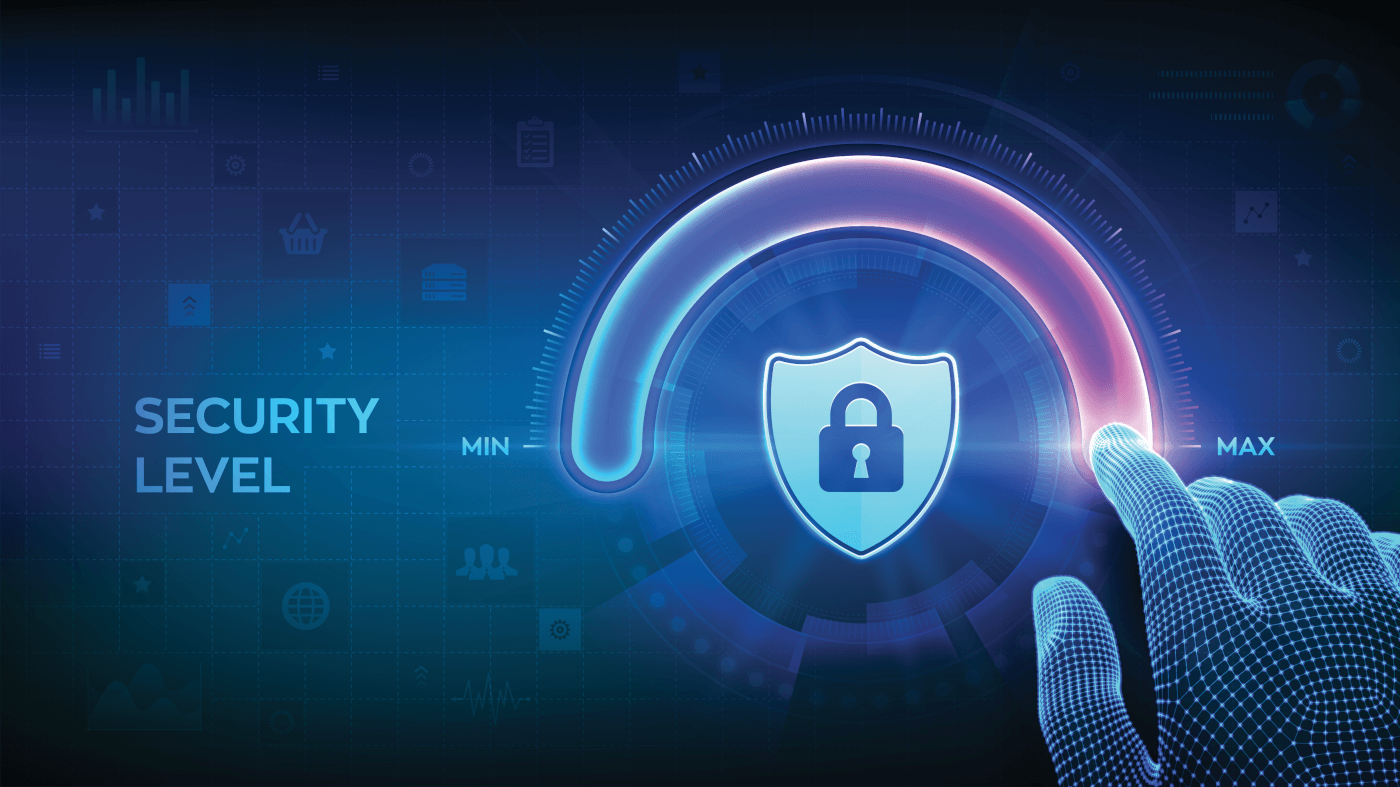The Security Data Fabric Journey: From Crawl to AI-Ready
Free the CISO, a podcast series that attempts to free CISOs from their shackles so they can focus on securing their organization, is produced by CIO.com in partnership with DataBee®, from Comcast Technology Solutions.
In each episode, Robin Das, Executive Director at Comcast under the DataBee team, explores the CISO’s role through the position’s relationship with other security stakeholders, from regulators and the Board of Directors to internal personnel and outside vendors.
From Crawl to Walk to Run: Navigating the Security Data Fabric Journey
As cybersecurity evolves into a data-centric discipline, organizations are increasingly embracing security data fabrics to unify, manage, and activate their security data. In a recent fireside chat, Robin Das and Steve Catanzano, Senior Analyst at Enterprise Strategy Group, discussed how this journey unfolds—and why it’s foundational for enabling strategic reporting, AI integration, and business-aligned security operations.
Step 1: Crawl — Solving the Data Trade-Off Dilemma
The first step in the journey is simple but powerful: stop making trade-offs with your security data.
Legacy systems like SIEMs often force security teams to choose between storing all the data they need and staying within budget. This leads to gaps in visibility and missed opportunities for insight. The “crawl” phase focuses on consolidating data into a single source of truth—a centralized, normalized, and reliable foundation that eliminates the need to compromise.
This alone helps solve a major pain point for CISOs: the high costs of data management.
Step 2: Walk — Enabling Consistent, Business-Aligned Reporting
Once data is unified and trustworthy, organizations can begin to report with confidence. With consistent inputs, security teams can deliver repeatable metrics that reflect progress over time—without worrying about unexplainable variances or inconsistent sources.
This phase empowers CISOs to communicate more effectively with executive leadership and boards by translating technical metrics into business-relevant insights. Reliable data enables consistent reporting on risk reduction, resilience, and compliance—key areas of concern for decision-makers.
Step 3: Run — Unlocking Strategic Control and AI Readiness
With a strong data foundation in place, security leaders can begin to ask bigger audacious questions and pursue more ambitious goals. This is the “run” phase—where the art of the possible expands dramatically.
CISOs gain control over their data, enabling advanced use cases like:
- Proactive threat exposure management
- Custom dashboard design aligned to frameworks
- Strategic planning based on predictive insights
And critically, this phase sets the stage for AI integration. As Steve noted, AI only works well with trusted, structured data. Security data fabrics provide the clean, reliable inputs that AI systems need to detect patterns, automate responses, and support intelligent decision-making.
Conclusion
The journey to a security data fabric is not just a technical upgrade—it’s a strategic architectural transformation. By moving from crawl to run, organizations can eliminate data silos, improve reporting, and unlock the full potential of AI in cybersecurity.
With platforms like DataBee, CISOs can build a trusted data foundation that supports everything from compliance to innovation—turning raw data into real business value.
Explore the security data fabric journey—from solving data trade-offs to enabling AI-powered cybersecurity with trusted, unified data.
From Crawl to Walk to Run: Navigating the Security Data Fabric Journey
As cybersecurity evolves into a data-centric discipline, organizations are increasingly embracing security data fabrics to unify, manage, and activate their security data. In a recent fireside chat, Robin Das and Steve Catanzano, Senior Analyst at Enterprise Strategy Group, discussed how this journey unfolds—and why it’s foundational for enabling strategic reporting, AI integration, and business-aligned security operations.
Step 1: Crawl — Solving the Data Trade-Off Dilemma
The first step in the journey is simple but powerful: stop making trade-offs with your security data.
Legacy systems like SIEMs often force security teams to choose between storing all the data they need and staying within budget. This leads to gaps in visibility and missed opportunities for insight. The “crawl” phase focuses on consolidating data into a single source of truth—a centralized, normalized, and reliable foundation that eliminates the need to compromise.
This alone helps solve a major pain point for CISOs: the high costs of data management.
Step 2: Walk — Enabling Consistent, Business-Aligned Reporting
Once data is unified and trustworthy, organizations can begin to report with confidence. With consistent inputs, security teams can deliver repeatable metrics that reflect progress over time—without worrying about unexplainable variances or inconsistent sources.
This phase empowers CISOs to communicate more effectively with executive leadership and boards by translating technical metrics into business-relevant insights. Reliable data enables consistent reporting on risk reduction, resilience, and compliance—key areas of concern for decision-makers.
Step 3: Run — Unlocking Strategic Control and AI Readiness
With a strong data foundation in place, security leaders can begin to ask bigger audacious questions and pursue more ambitious goals. This is the “run” phase—where the art of the possible expands dramatically.
CISOs gain control over their data, enabling advanced use cases like:
- Proactive threat exposure management
- Custom dashboard design aligned to frameworks
- Strategic planning based on predictive insights
And critically, this phase sets the stage for AI integration. As Steve noted, AI only works well with trusted, structured data. Security data fabrics provide the clean, reliable inputs that AI systems need to detect patterns, automate responses, and support intelligent decision-making.
Conclusion
The journey to a security data fabric is not just a technical upgrade—it’s a strategic architectural transformation. By moving from crawl to run, organizations can eliminate data silos, improve reporting, and unlock the full potential of AI in cybersecurity.
With platforms like DataBee, CISOs can build a trusted data foundation that supports everything from compliance to innovation—turning raw data into real business value.
Explore the security data fabric journey—from solving data trade-offs to enabling AI-powered cybersecurity with trusted, unified data.
More posts


PCI DSS 4.0 Readiness
%20(1)%20(1).jpg)

How I Guide Clients Through Their First 100 Days with DataBee CCRM
Discover a DataBee consulting expert's proven approach to seamless platform adoption during the their first 100 days with DataBee CCRM


DataBee BluVector: The Enterprise Threat Detection Platform Built for Modern Security Challenges
Discover DataBee BluVector, a cloud-native enterprise threat detection platform that uses AI and machine learning to detect, investigate, and respond to cyber threats in real time








